This week, the Blended Finance Taskforce joined Devex for a day-long event on the future of development finance in London which gathered over 150 experts and practitioners from the business, finance, development and philanthropic community for a thought-provoking discussion on how we can close the SDG funding gap.
The event included a keynote address from Jeremy Oppenheim, Chair of the Blended Finance Taskforce and co-founder of SYSTEMIQ. It also showcased many friends and members of the Taskforce as they looked at the future of development finance – what’s holding it back and how we can create long-term solutions to mobilise capital in years to come.
Speakers shared realistic and sobering messages about the progress we’ve made so far: the bottom line is that we are not on track to achieve the SDGs. Going from billions of dollars of public capital to trillions of private dollars invested in the SDGs must involve a massive reallocation of capital away from destructive activities into those that generate positive outcomes for people and planet.
“It comes down to – what kind of economy do we want to build and how does finance play a role in building that economy?”
To do this, the financial system needs to undergo a deep transformational shift in order to build a truly sustainable global economy. How do we do this? Oppenheim says, “We need to rethink some of the ways in which we price risk, price assets, think about returns, decide what to invest in and what not to invest in … and if we continue to wait for policymakers to do it, then we’re part of the problem.”
He went on: “If we keep on just providing the money neutrally across the system, it’s going to keep on investing in the easy stuff, because that’s what we do, that’s how everything is geared up. We will have to find a way to shift the use of monetary instruments into much more aggressive SDG and climate related investing.”
Oppenheim challenged the audience to a simple “litmus test”: are the development interventions that we are proposing actually having any impact on the real economy? One example is the food and land use system on which we utterly depend: it is generating not just static externalities but dynamic risks that are completely unpriced in the finance sector. Because of that, all the financing overwhelmingly is going into players that have balance sheets that are creating the products at the heart of this problem.
It also means that investment doesn’t get to the smallholder farmer who not only needs to be implementing more regenerative practices to improve soil health and resilience to drought and flood, but also needs to increase her yield per hectare fourfold to avoid rapid deforestation and agricultural land expansion.
According to the Food and Land Use Coalition’s latest “Growing Better” report, we must decrease land used for agriculture by around 1.5 billion hectares and return it to nature as a central pillar of the climate solution through reduced emissions and more resilient carbon sinks. He said, “What would it take to get successful in supporting those smallholder farmers going from 2 to 8 tonnes per hectare on their crops – if we can’t do that, then the rainforest is toast – then everything will unravel”.
Nick O’Donohoe, CEO of CDC Group reminded us of the opportunity. He said, “this is an extraordinarily exciting time to be in development finance. If you look at the big picture, there’s never been a time when what we do – investing in private companies to stimulate economic growth and create jobs – has been so central in the development agenda. And that’s a function of the SDGs, of the Addis financing conference, the climate emergency, and it’s all focused attention on the critical role that the private sector plays, and the critical need to get capital to the private sector in some of the most difficult, poorest countries in the world.”
With consensus on the scale, urgency and gravity of this challenge as well as the size of the prize for business, people and planet if we shift to a low carbon, resilient and inclusive economy, a refreshingly frank discussion followed about the barriers that exist and the range of solutions to address them.
More key takeaways from the day are set out below.
SYSTEMIC BARRIERS LIMIT THE FLOW OF CAPITAL TO THE SDGS
Many of the same barriers highlighted in the Taskforce’s flagship report, Better Finance, Better World, were discussed throughout the Devex conference, highlighting the difficulty and complexity involved with tackling them. Three major barriers which got significant airtime were:
Policy and regulation: regulatory reform and policy action are critical to get capital flowing to low carbon and sustainable assets. This is true in developed economies, where financial regulation like Basel III can be a disincentive to investing in infrastructure or emerging markets but could have outsized positive effects (e.g. through TCFD) It is also particularly important in emerging markets, where predictable and transparent policy can play a critical role to improve the enabling investment environment. Globally, subsidy regimes (especially for fossil fuels or in the food and land use sector) must be repurposed if we are going to shift capital away from high carbon and unsustainable portfolios. Overcoming Political will is challenging in many parts of the world and we don’t have the luxury of waiting for widespread and coordinated political reform.
Perception of risk: The challenge of managing risk in emerging markets and across high-impact “SDG-related” projects, was seen as one of the main factors restricting the flow of capital to where it is needed most. This underlines a fundamental need to tackle the way we price and perceive risk, either at the source (through better governance or increased data and transparency) or through the use of mechanisms and instruments which use development capital (public or philanthropic) to crowd in private investment by mitigating certain risks.
Lack of local solutions: The heavy focus on cross-border finance and lack of local solutions was a recurring theme – emphasising the need for solutions which can scale domestic and local finance and increase the capacity of financial institutions in emerging. Mahmoud Mohieldin, Senior Vice President at the World Bank, highlighted this point, saying “it will be virtually impossible to achieve the SDGs on the current trajectory. Catalysing finance will be critical at all levels – international, domestic and local.”
THERE ARE PRACTICAL SOLUTIONS WHICH CAN BE ACTIONED TODAY
Overcoming barriers like a high perception of risk, limited local solutions and weak policy will require the development of better products, practices and partnerships . While not all straightforward, there are actionable steps we can take now toward these solutions.
PRODUCTS. We need to pilot innovative, fit-for-purpose vehicles and work to replicate and scale those investment models that prove successful. These vehicles should also be suitable for large-scale capital and serve a broad base of investors. One-off, small-scale vehicles that attract capital from the usual suspects won’t get us there. IDB’s “sovereign digital bond” proposed at the conference is a great example of the type of innovation we want to encourage.
PRACTICES. Better institutional practices amongst data providers, NGOs, and development and commercial finance actors are critical in order to (1) promote transparency, (2) improve data accuracy and availability, and (3) increase the capacity of investors to deploy capital to high-impact, sustainable solutions. This not only helps investors better understand and manage risks but also measure the impact of their investments.
PARTNERSHIPS. Innovative partnerships that involve investors across the spectrum of development finance, philanthropy and the private sector, including through blended finance vehicles, can accelerate efforts to mobilise capital for the SDGs. In doing so, these partnerships can help to mitigate investor risk, support project pipeline development, and test and bring to market new technologies and business models that might otherwise go unfunded.

